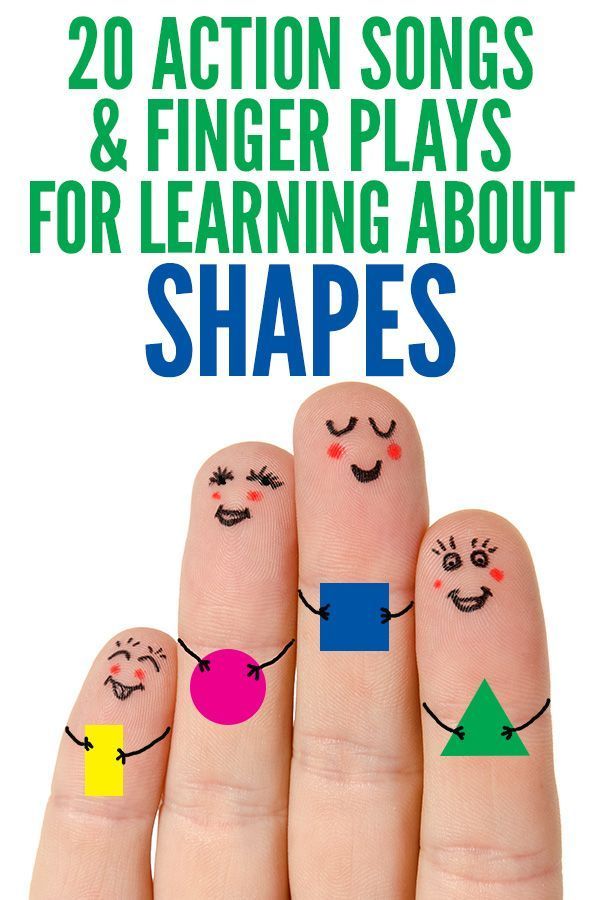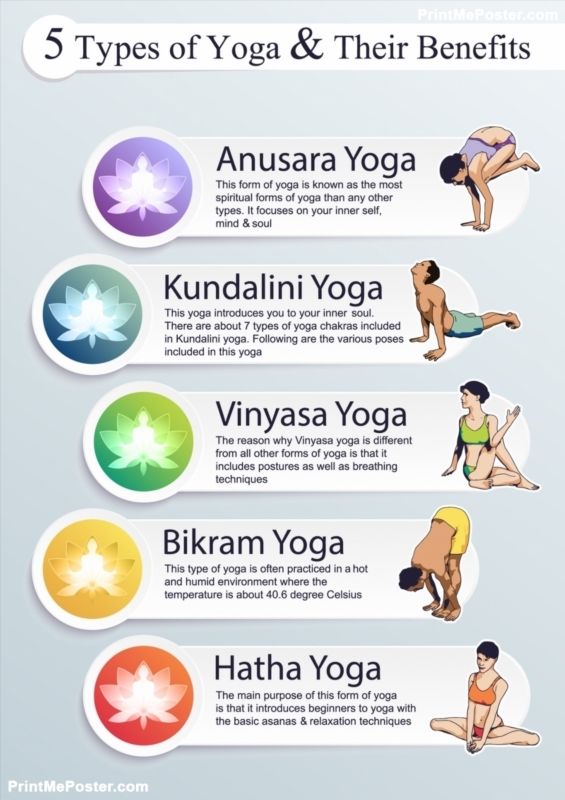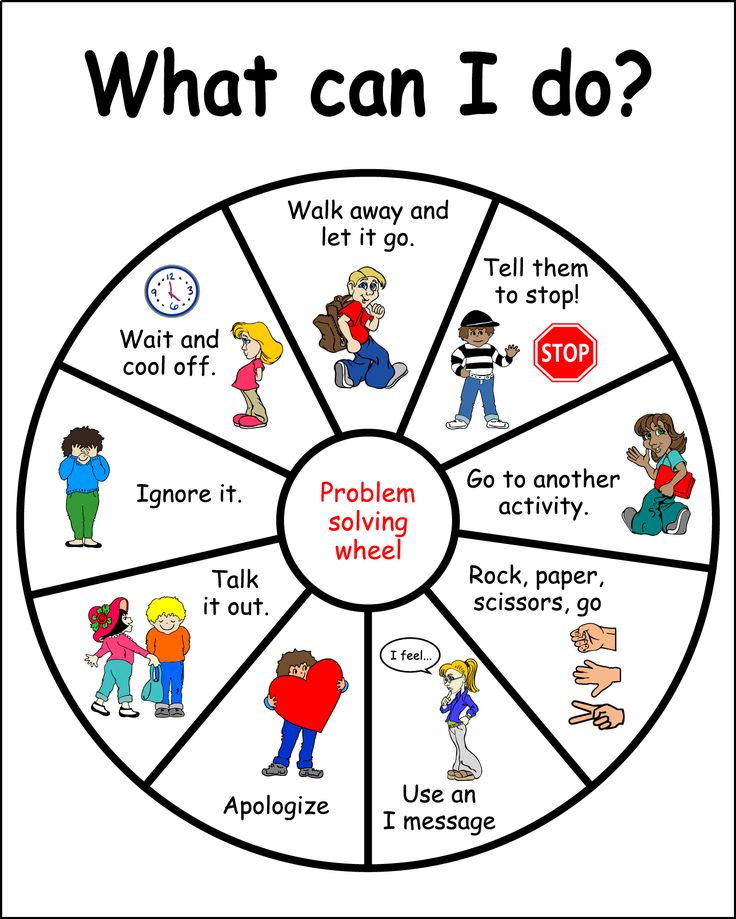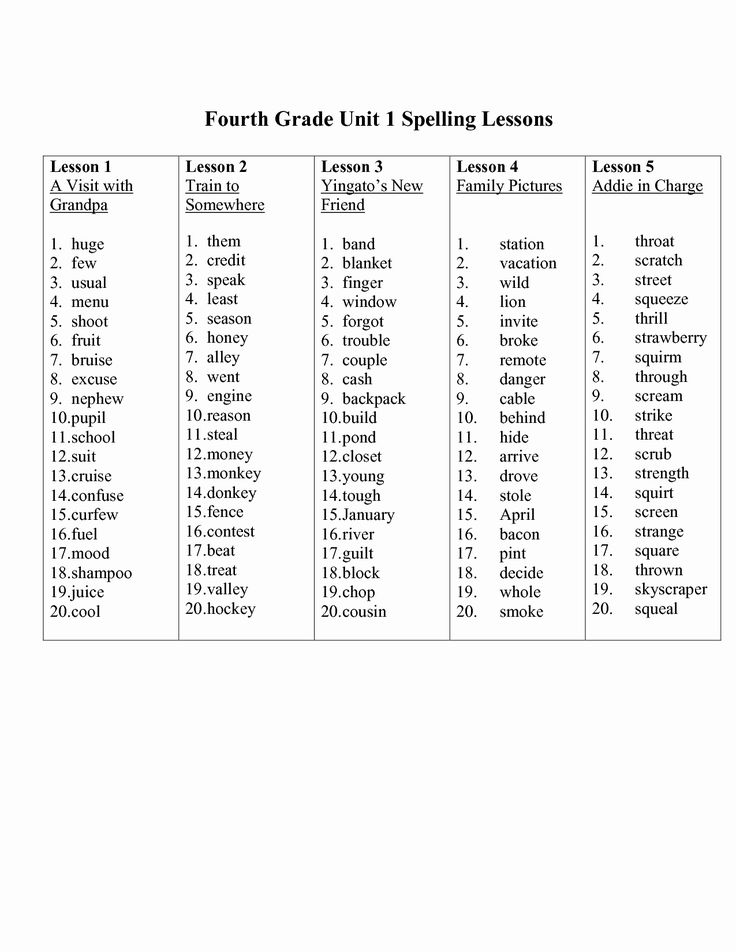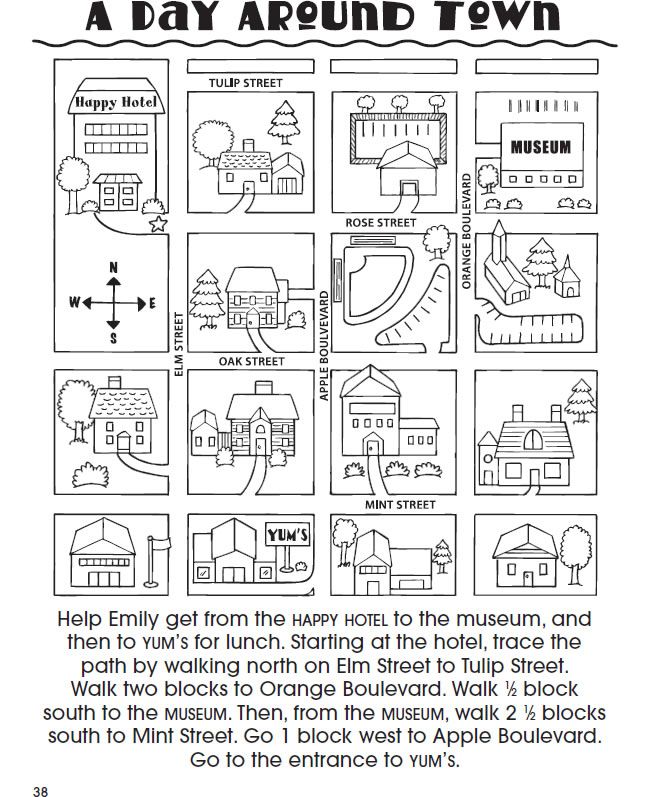Tips for fighting
10 SIMPLE Fighting Tips
The best advice is often the simplest advice.
Life is complex. So are techniques, skills, instructions, and many other things. After all the training you’ve done (or haven’t done)…the last thing you need is more things to confuse your brain and distract you from using your most natural weapon, INSTINCT.
So here are 10 easy tips to help you focus on the fight (and not the instructions):
1. Commit to the fight
You’re there to attack, kill, destroy, win. Commit to having that mentality the whole time. Don’t go in with the “let’s see what happens first”…that’s exactly the kind of thing that makes you second guess yourself and increases your chances of losing. There’s a difference between being smart and being cautious. It’s ok to observe and think, but please—COMMIT!
2. Focus on what you have to do
Land the punch, avoid the counter, move. You should be worrying about what you have to do rather than be worrying about getting hurt or other things. Don’t give yourself too many things to worry about. It’s really a waste of time/energy to worry about things that you cannot affect. Just attack, then move. The moment you stop to worry about getting hit, you’re probably gonna get hit.
3. Exhale sharply with every punch
Every punch should have a breath. This makes you faster and more powerful. It also helps you relax and save energy while also helping you establish a rhythm. Keep in mind this is meant to a be a SMALL BREATH, not a loud huff and puff.
4. Breathe when you defend
Breathe when you block or run away or slip. Breathe every time you’re on the defensive so that your body can take full advantage of this “resting state”. Breathe in a relaxed manner, not a panicky manner.
5. Walk, don’t run
Running and jumping around wastes energy. Walking towards, away, or around your opponent will save lots of energy, exude confidence, and still make it easy for you to move in and out of range. You don’t have to walk, you can use whatever footwork movement you want but do it with the ATTITUDE of walking.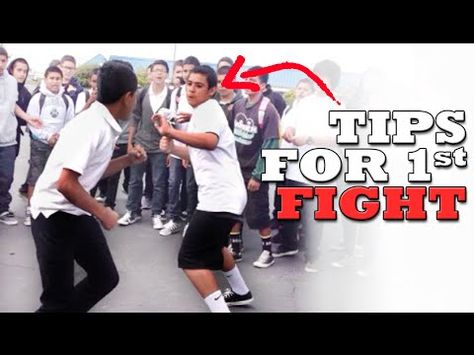 No panicking, ok?
No panicking, ok?
6. Drive your elbow (rather than the fist) into each punch
It doesn’t matter whether it’s a jab, right hand, left hook, uppercut, head or body shot. Try to drive your elbow and snap your elbow into the punch. This simple tip makes it easy for your arm to have good punching form with your elbow supporting your wrist and transferring maximum power. Too many people worry about the fist position and launching the fist…but the fist is weakly supported and doesn’t transfer much energy unless the rest of the arm supports it.
7. Never cover your eyes or let your opponent go out of your vision
Avoid ducking your head under him or into his waist in a way where you can’t see his head. If you guys are too close and swinging wildly, try to grab him in order to find him. Some guys use the mentality of always being able to see his chest, this is ok, too.
8. Lean on your opponent
This tactics works well to wear him out and let him waste energy throwing punches with no leverage. He’ll also be wasting energy trying to regain his balance. Of course, you can’t just make it a sumo wrestling contest, you have to actually throw punches here and there when you do this. This tactic works best if you are bigger, taller, have stronger legs, or need a rest.
He’ll also be wasting energy trying to regain his balance. Of course, you can’t just make it a sumo wrestling contest, you have to actually throw punches here and there when you do this. This tactic works best if you are bigger, taller, have stronger legs, or need a rest.
9. Watch for the opponent’s strong hand
Most fighters are one-handed or have one dominant hand that does all the damage. Pay attention only to that side and you will find that it’s almost impossible for him to hurt you. Quite often your opponent will stop using EITHER of his hands, when you take away his opportunities to use the strong hand.
10. Feint to the head, and then go to the body. (ALSO VICE VERSA)
So simple and effective every time. The more tense and out-of-control the fight, the easier this trick will work.
How to win a fight And What You Should NOT Do
Contents
- Things To Know About A Street Fight
- What Should You Not Do In A Fist-Fight?
- How do you win a first fight?
- Boxing
- Kickboxing
- Brazilian Jiu-Jitsu
- MMA
- Krav Maga
- Fighting Tips
- Know Your Exits
- How Will They Try To Fight You?
One of the most important things a person can learn is to adequately defend themselves whenever they’re in a situation in which they are threatened with violence. To help you out, we’ve constructed this ‘how-to’ fighting guide in order to help instruct you on how to win in a fight.
To help you out, we’ve constructed this ‘how-to’ fighting guide in order to help instruct you on how to win in a fight.
There are important things you need to know about a street fight if you ever find yourself in this unfortunate situation.
- There are no rules
- It is rarely like it seems the movies
- Anything can (and likely will) happen
- Other people may get involved
- There is a chance that things could escalate
Once you know these important facts about a street fight, you’d better be prepared for the situation.
What Should You Not Do In A Fist-Fight?
While having a grasp on technique and strategy is important, some might say that understanding what not to do is an equally crucial component of how to fight. There are numerous things you should not do in a fight, several of which can be found below:
- Don’t throw the first punch
- Don’t use a weapon
- Don’t try fighting someone with a group
Probably the biggest mistake you can make is starting a fight by throwing the first punch. Some will tell you to be first, but that makes you the person who started the altercation – which means you may go to jail with an assault charge.
Some will tell you to be first, but that makes you the person who started the altercation – which means you may go to jail with an assault charge.
If you pick an object and try to hit your assailant with it, then you will likely end up with an ‘assault with a deadly weapon’ charge against you.
If you try to start something with someone who is with a group of people, chances are they will step in. In that case, you’ll quickly find yourself in a no-win situation.
How do you win a first fight?
The best way to prepare for a conflict is to routinely train in some type of martial art. Training in some type of combat form is a vital life skill everyone should learn – that way you’ll know how to respond when threatened with violence. The best way is to train in a quality MMA gym but if you can’t get to one doing a MMA workout routine at home can be a good start.
If you’re wondering how much it costs to train in martial arts, be sure to check out our guide to training costs.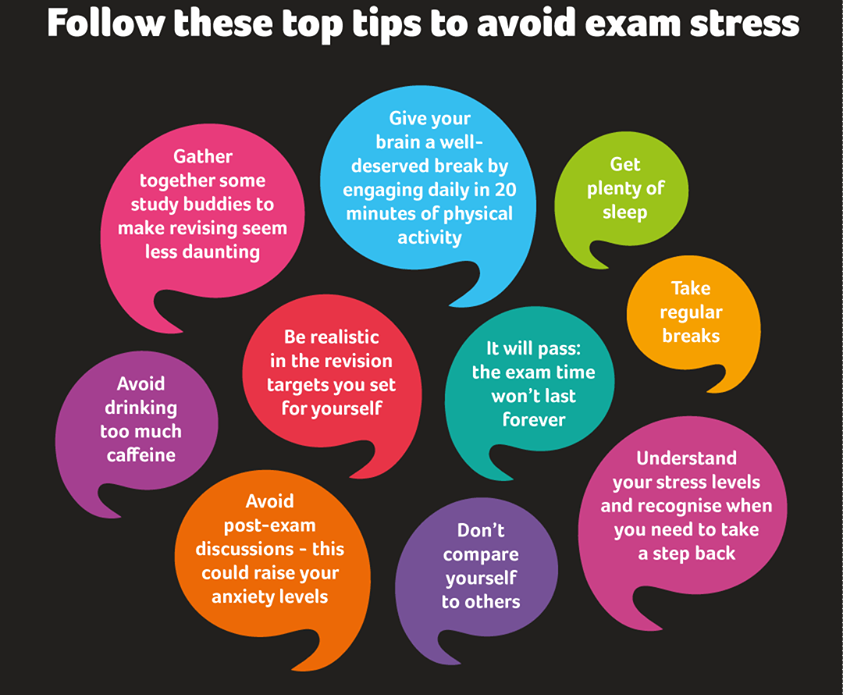
Here are some martial arts that will serve you best on the streets.
- Boxing
- Kickboxing
- BJJ
- MMA
- Krav Maga
Photo credit: Sligo BJJ
Boxing
Boxing is great for self-defense and for getting the upper hand in combat, but it does have flaws. Sure, you may be able to land a good punch, but boxing lacks any real grappling system. In an altercation on the street, your opponent may grab you and if you specialize only in boxing, you will find yourself out of your depth quickly.
Kickboxing
Kickboxing is also an excellent discipline to learn, although, like boxing, it is still lacking in grappling. It’s certainly very effective to know if you remain standing, but again, your opponent might try to take you to the ground.
Brazilian Jiu-Jitsu
Brazilian jiu-jitsu can definitely help you win a conflict quickly and efficiently.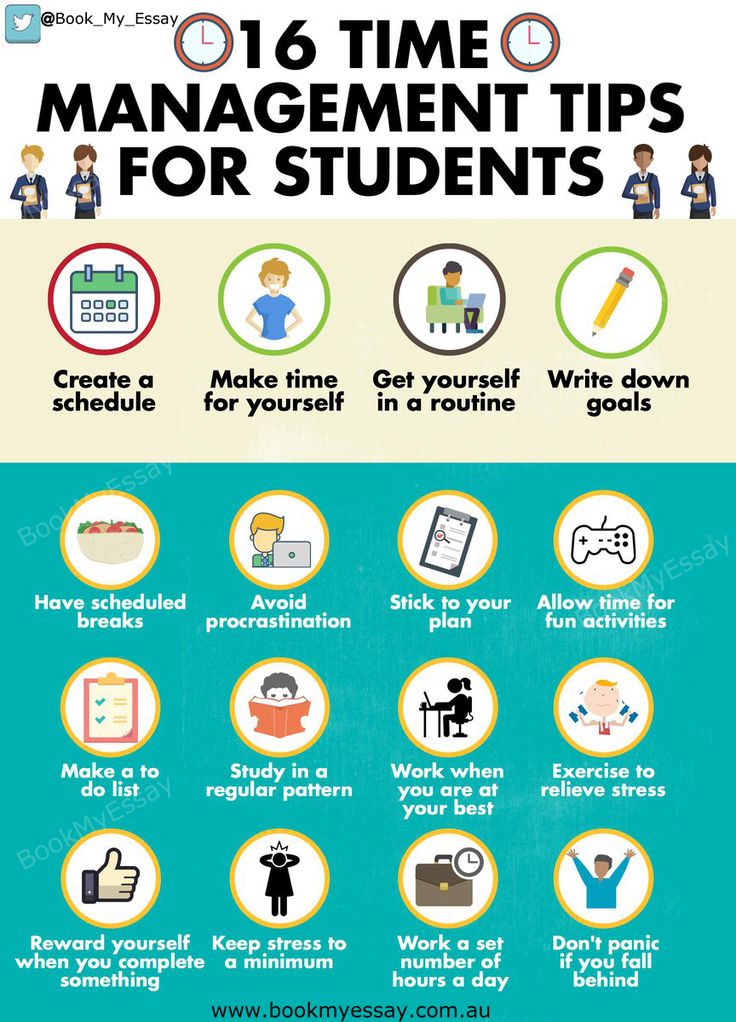 With BJJ, you can cut the distance, get a hold of an opponent, and stop them from landing a punch – all while minimizing risk for yourself.
With BJJ, you can cut the distance, get a hold of an opponent, and stop them from landing a punch – all while minimizing risk for yourself.
This martial art was also developed to help you fend off a bigger and stronger opponent. Once you have your assailant in a chokehold it doesn’t matter how physically strong they are or what their weight is.
BJJ is fantastic, but many gyms fail to properly teach you how to defend strikes – meaning you always run the risk of taking unnecessary damage.
MMA
Mixed martial arts or MMA is a fighting style that encompasses each and every aspect of combat and as a result, it is among the most suitable styles for efficient fighting – something that makes it easy for us to recommend joining an MMA gym.
No matter if an opponent takes the swing at you or grabs a body lock, you’ll be prepared. Even if they take you down by surprise, you know how to defend yourself on your back. If you train for a bad situation like this enough, you’ll be able to sweep them, take their back, and choke them.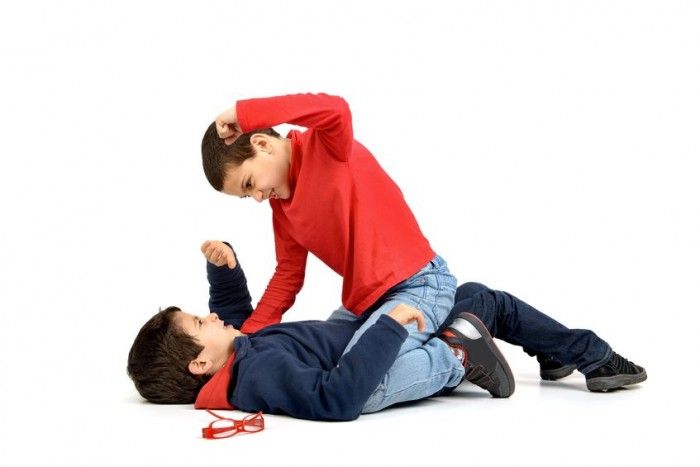
Krav Maga
Krav maga is like MMA, meaning you learn to punch, kick, and grapple but instead, it focusses on real-life situations where your life is threatened. It was created for the Israeli military after WWII and was designed to take out an opponent by any means necessary.
With krav maga, you aren’t fighting an opponent, you’re fighting an enemy trying to kill you.
It isn’t just about winning, but also about saving your life.
By knowing krav maga you will always be prepared for the worst-case scenario.
Keeping your opponent guessing with a variety of different attacks is key when defending yourself in a street-fight.Photo credit: Needpix
Fighting Tips
Know Your Exits
Whenever you enter a place like a bar, look around, and always make yourself aware of where the exits are. This way you’ll always have a way to avoid a confrontation. If you’re being challenged by a group of potential assailants, the best thing you can do is run away.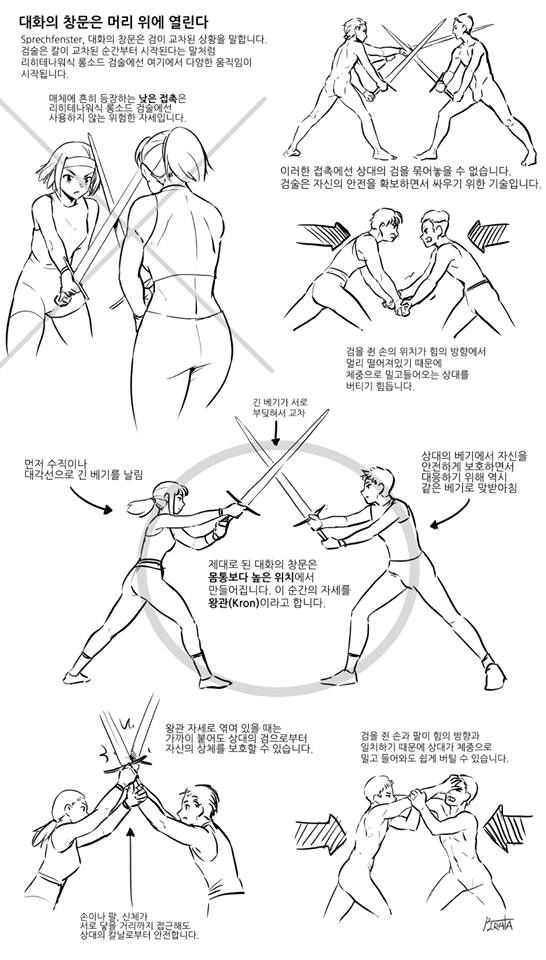
A person that tries to start fights in public is usually violent and untrained, making them even more dangerous because you don’t know what they’ll do.
How Will They Try To Fight You?
Usually, people that want to do something like this will fight wild with emotion. They will look to try to end the conflict quickly. This is because they probably aren’t trained and only have the cardio for maybe a minute before they get tired.
One thing you can is they’ll attempt a wild swinging punch followed by trying to grab you while throwing rabid shots. These types of people always try to take your head off with the first punch.
Now that you know some things about your opponent here are some fighting tips. Doing these things will definitely help you win a street-fight every time.
Distance
Fight to control the distance immediately. Always try to make space and then take it when you’re ready. UFC fighters such as Conor McGregor and Israel Adesanya are masters of distance control.
Hands Up
Even before the fighting starts you should have your hands up. This is to protect your face and avoid anything that your opponent might try without warning. Keep your hands open and in front of you ready to react. You can’t let them land any strikes first or you’re instantly at a disadvantage.
Grapple
When you get into a fist-fight, the best thing you can do is grapple. When exchanging punches, you’re more likely to be hurt and the opponent could land a lucky shot. Also, you could injure your hand if you’re throwing punches.
Grappling cancels out their ability to hit you by grabbing a hold of their body and taking them down. On the ground, you can control them better and avoid getting hurt. Control and risk management are everything in a street fight.
There are many advantages to training in a martial art that includes grappling. Having the ability to take an attacker to the ground and control them is your best chance at winning – especially if they have no idea how to counter.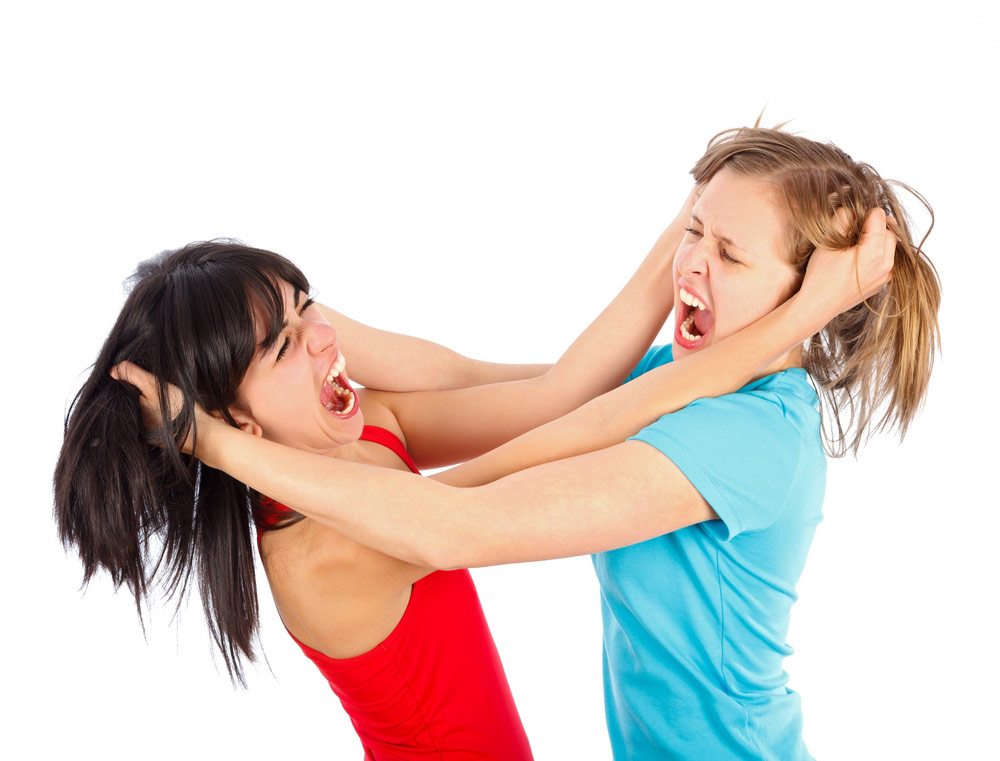
There are five places you should look to strike in a fight. Hitting them in these locations can immobilize them and end the altercation.
These five places include:
- Eyes
- Nose
- Throat
- Knees
- Groin
Eyes
If they can’t see, they can’t fight. This is why landing a precise, hard shot at their eye is a good idea. If you damage their eye or break their orbital with a closed or open hand it will end the fight nine times out of ten.
Nose
The same goes for their nose. If you’ve ever been hit in the nose, you know how much it can hurt. A good strike that will break their nose will give them severe pain and restrict their breathing.
Throat
Striking them in the throat will also restrict their breathing and stop a fight, but take care. Only hit them hard enough to immobilize them and with the fight. Hitting them hard enough or repeatedly could kill them.
Knees
If they can’t walk, then they can’t fight.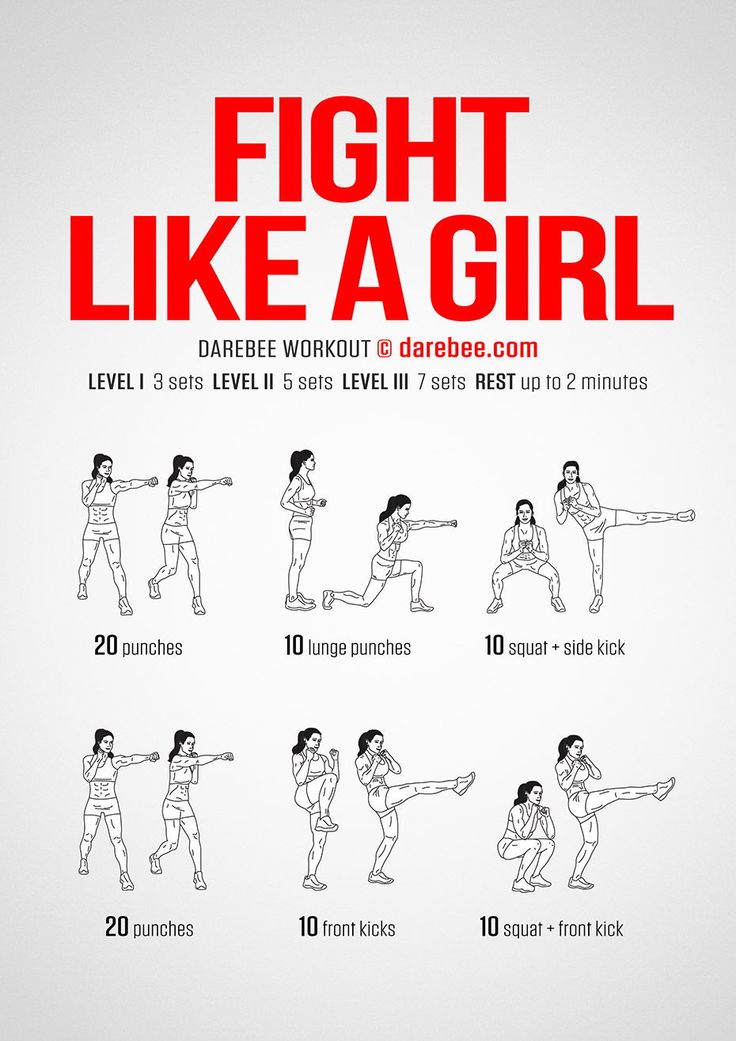 Taking out their knees will immediately stop them from being able to fight. A front kick, sidekick to their knee will immobilize them, so you can get away.
Taking out their knees will immediately stop them from being able to fight. A front kick, sidekick to their knee will immobilize them, so you can get away.
Groin
There is no shame for going for the groin in a street fight. A hard strike to their groin will end the fight immediately – as they will likely be doubled over on the ground in severe pain.
Though frowned upon in competition, a groin shot can be the perfect way to difuse a potentially dangerous situation.Photo credit: Wikipedia
Be smart and be ready
After reading all of these tips you should be better prepared and know how to win a street fight. Of course, your goal should always be to avoid a fight whenever possible, but sometimes it’s just not possible. With these tips, you can give yourself the best chance possible at avoiding serious harm if you do, in fact, end up in a confrontation.
Brandon Ruiz
Hi, I’m Brandon, editor here at MMA-Today. Mixed Martial Arts has been my life long obsession as long as I can remember.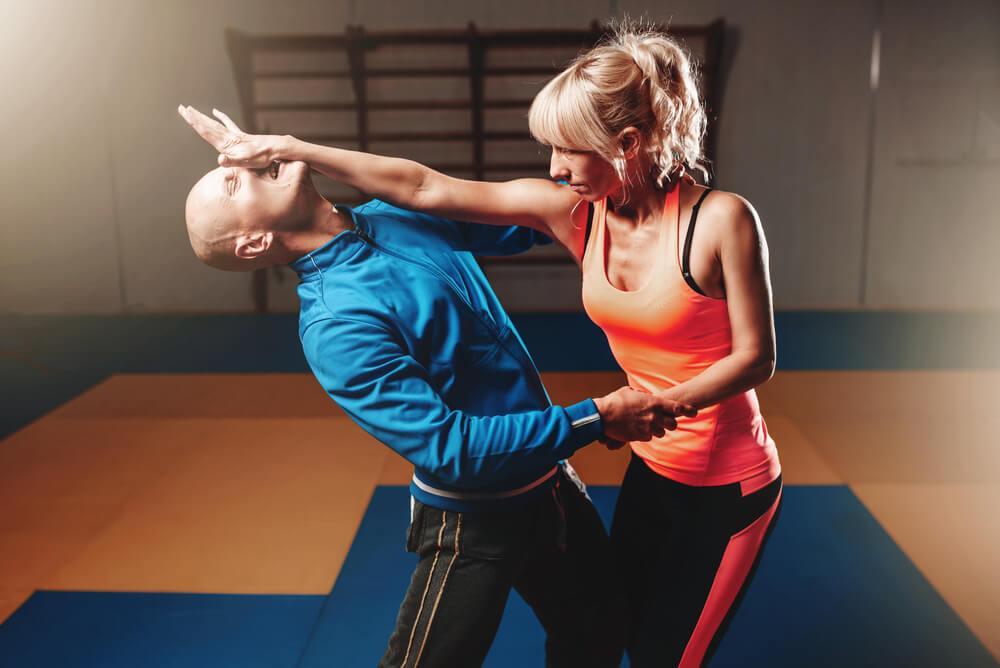 I was introduced to Muay Thai at a young age, but ultimately fell in love with BJJ and grappling in my teenage years, and have never looked back. My goal with MMA today is to inspire people to train and enjoy mixed martial arts more every day.
I was introduced to Muay Thai at a young age, but ultimately fell in love with BJJ and grappling in my teenage years, and have never looked back. My goal with MMA today is to inspire people to train and enjoy mixed martial arts more every day.
How to master wrestling and always win. Tips from Russian Champions :: Lifestyle :: RBC Sport
In Russia, wrestling has always been a sport in which our athletes have taken leading positions at competitions of all levels. Champions Sergey Semenov and Abasgadzhi Magomedov told RBC Sport how to start mastering wrestling and win.
Follow us in
News (Photo: Sergey Semenov)
Wrestling is one of the most ancient sports, its traditions were known in ancient Sparta. No wonder that Greco-Roman wrestling became one of the competitive disciplines at the first Olympic Games in 1896. Eight years later, freestyle wrestling also became an Olympic sport. After 100 years, women's wrestling made its debut in the Olympic program in Athens, the first silver medal was won by Russian woman Guzel Manyurova.
After 100 years, women's wrestling made its debut in the Olympic program in Athens, the first silver medal was won by Russian woman Guzel Manyurova.
The traditions of wrestling were strong in Rus' since ancient times, in the days of Tsarist Russia the name of Ivan Poddubny was known all over the world. It was the traditions of wrestling that allowed Russian athletes to take a leading position in this sport. The greatest number of victories at the world championships in freestyle wrestling is on account of Alexander Medved, who won 10 gold medals. Greco-Roman wrestler Alexander Karelin is only one medal behind him (9).
On the eve of the first tournament of the International Wrestling League of Poddubny, which will be held at the initiative of the Russian Wrestling Federation on May 19-20 in Moscow, RBC Sport spoke with two-time Olympic medalist and world champion in Greco-Roman wrestling Sergei Semenov and the current world champion and Russian freestyle wrestling champion Abasgadzhi Magomedov.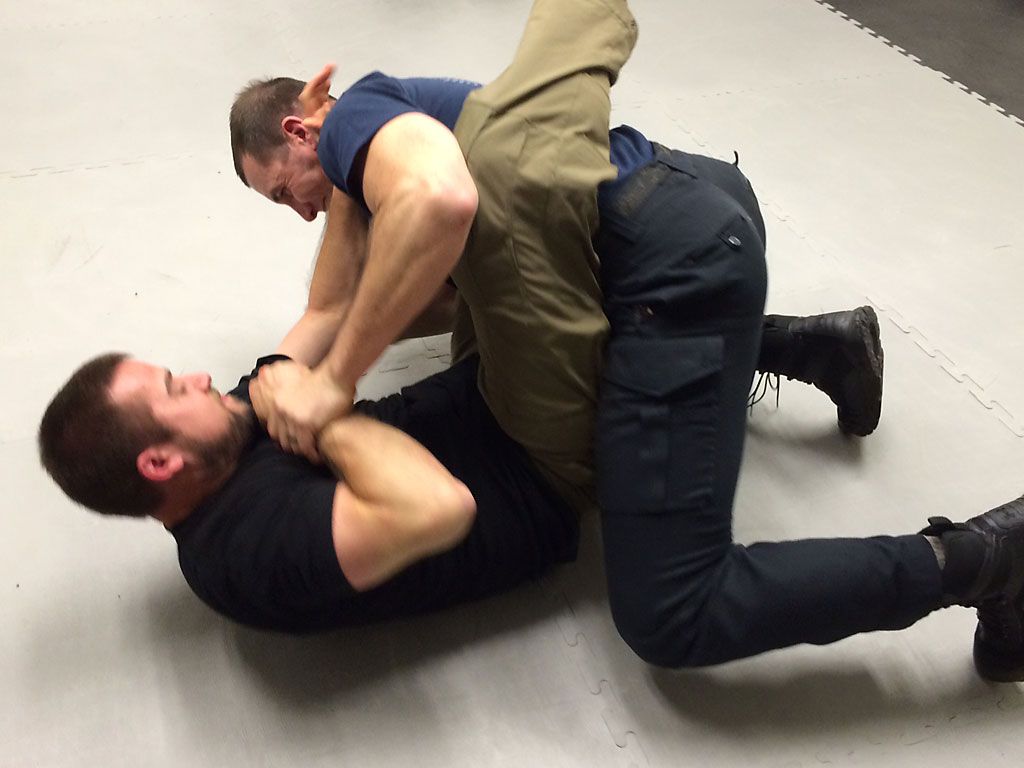
Sergey Semenov (Photo: Sergey Semenov)
Sergey Semyonov, two-time Olympic medalist, world champion in Greco-Roman wrestling
Before taking a child to martial arts, parents should gradually introduce other types of physical activity into their child's daily routine. For the development of flexibility and agility, gymnastics and acrobatics are well suited, for endurance - running and swimming. Only after two or three years of regular sports can you bring your child to wrestling. I myself started training at the age of eight and would recommend that you first attend trial classes in various clubs in order to closely monitor the attitude of the coach towards the children. How intelligibly he explains exercises and techniques, how he gets along with the child, whether they are comfortable working together. It is on the relationship with the coach that the success of the future wrestler depends.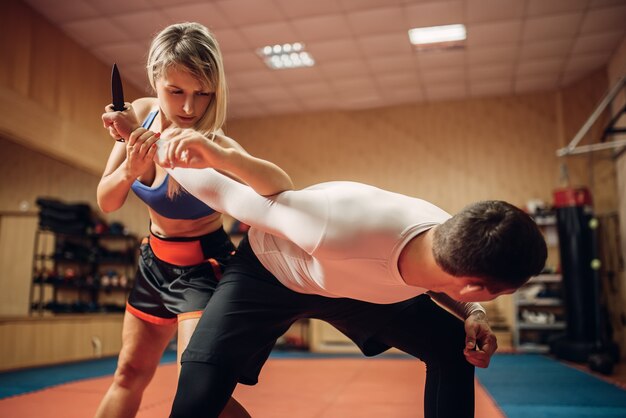
Training in wrestling necessarily begins with preparation. Age is also important: if you train from an early age, when the muscles are more flexible and elastic, the body quickly remembers the necessary techniques and options for avoiding an opponent's grip. Before starting wrestling training, you need to prepare the whole body: warm up the ligaments, and only then move on to simple techniques. Until you master them, I do not recommend going out on the mat with a partner.
There are several exercises with which all young wrestlers begin. They are not aimed at practicing power techniques (grabs), but at developing stability, balance on the mat. For example, wrestling on one leg, when the task of the opponents is to maintain balance, or “tagging” - the wrestlers, facing each other, try to step on the opponent’s foot and at the same time prevent them from stepping on their own.
Selection for the Tokyo Olympics (Photo: Sergey Semenov)
The advice I can give is not to rush to learn how to wrestle faster, but to master this sport gradually. I have noticed more than once how novice wrestlers really want to master all the tricks at once, they grab onto different styles and techniques without having worked out each one 100%. As a result, they are the ones who make the most stupid mistakes. In developing yourself as a wrestler, this is fraught not only with offensive losses, but also with injuries, so it is very important to find a coach who will help you slowly, consciously and safely master wrestling techniques.
I have noticed more than once how novice wrestlers really want to master all the tricks at once, they grab onto different styles and techniques without having worked out each one 100%. As a result, they are the ones who make the most stupid mistakes. In developing yourself as a wrestler, this is fraught not only with offensive losses, but also with injuries, so it is very important to find a coach who will help you slowly, consciously and safely master wrestling techniques.
You can start training in a regular tracksuit, the main thing is not to forget about the warm-up - the main point in training. All joints and muscles need to be properly kneaded. It is advisable to do a little stretching of the muscles before training, as well as after it. This will help them “not to clog” - not to be filled with lactic acid from severe overexertion. Otherwise, the next day, aches and weakness in them will not allow you to continue training. Massages are also effective: if there are problem areas, it is better to use warming ointments during the kneading process.
Abasgadzhi Magomedov (Photo: Abasgadzhi Magomedov)
Abasgadzhi Magomedov, current world wrestling champion and Russian freestyle wrestling champion
Those young people who dream of wrestling must first dedicate a year or two to gymnastics, and at the age of 7–8 start strength training. Since wrestling is a synergy of flexibility and strength, while gymnastics and acrobatics train body mobility, joint elasticity, and agility. Stretching and the ability to group are the main skills of wrestlers.
Before each workout, a warm-up is required - the muscles must be warmed up so that the athlete does not get injured. Lack of a thorough warm-up, forced preparation for entering the mat can cause numerous injuries. These include damage to the internal meniscus, ligament rupture of the knee joint, and various dislocations of the shoulder, hand, and ankle. In addition, I do not recommend moving on to practicing a new technique without thoroughly studying all the subtleties of the previous one.
In addition, I do not recommend moving on to practicing a new technique without thoroughly studying all the subtleties of the previous one.
In the process of training professional wrestlers, the main role is played by the coach. When choosing a person who will supervise an athlete throughout his formation, it is better to give preference to masters of sports, as well as former professional wrestlers. A coach who has not taken part in any fight may be able to cope with the explanation of the theory, but he must show the execution of practical techniques personally. Of course, it is better to entrust work with children to a specialist who loves his job and gets along well with little athletes. A trusting relationship with a coach is the key to a wrestler's success, because often many talented guys refuse to practice this sport precisely because of a lack of mutual understanding with a mentor.
Abasgadzhi Magomedov at the World Championship (Photo: Abasgadzhi Magomedov)
A special wrestling leotard made of synthetic materials - lycra and elastane - is ideal as equipment. Thanks to their properties, the suit stretches well and will never tear during a fight. Shoes made of hard materials with hard soles are prohibited on wrestling mats, as they can harm the opponent and damage the tatami. Therefore, the best option is “wrestling shoes” made of natural fabrics, for example, cotton, which fit snugly around the ankle, protecting the athlete from dislocations.
,>
Mental health: Taking care of yourself: Lenta.ru
Psychotherapist Kutuzova: concentration on daily routine will help reduce anxiety
Photo: Nathan Dumlao / Unsplash
Psychotherapist Nadezhda Kutuzova told how to reduce anxiety. According to the expert, this can be done if you concentrate on the daily routine. In order to balance mental health, it is necessary to carefully monitor the state of health and listen to the body, the expert emphasized in an interview with Lenta. ru.
How to deal with anxiety
The only way to reduce anxiety is to devote enough time to your physical health, Kutuzova said. “This is a strict regime of the day, eating, sleeping, walking, preferably at the same time. All hobbies that are related to collecting, coloring. Cardio load to reduce the level of adrenaline, ”advised the specialist.
If it is impossible to consciously build a mode of life and uncontrollable behavior and thinking appear, urgently see a neurologist, psychotherapist or psychiatrist. Without medical support, it is difficult to get out of such conditions on your own
Nadezhda Kutuzova psychotherapist
The specialist emphasized that alcohol is contraindicated for a person prone to anxiety. It worsens the state of the psyche, she said, as it has a depressing effect. Kutuzova advised anxious people to drink more tea, preferably sweet.
Talking psychotherapy is indicated for anxiety states, the expert noted. “If the psyche alone cannot cope with the digestion of emotions, then you can, as it were, rent the psyche of a specialist,” she noted.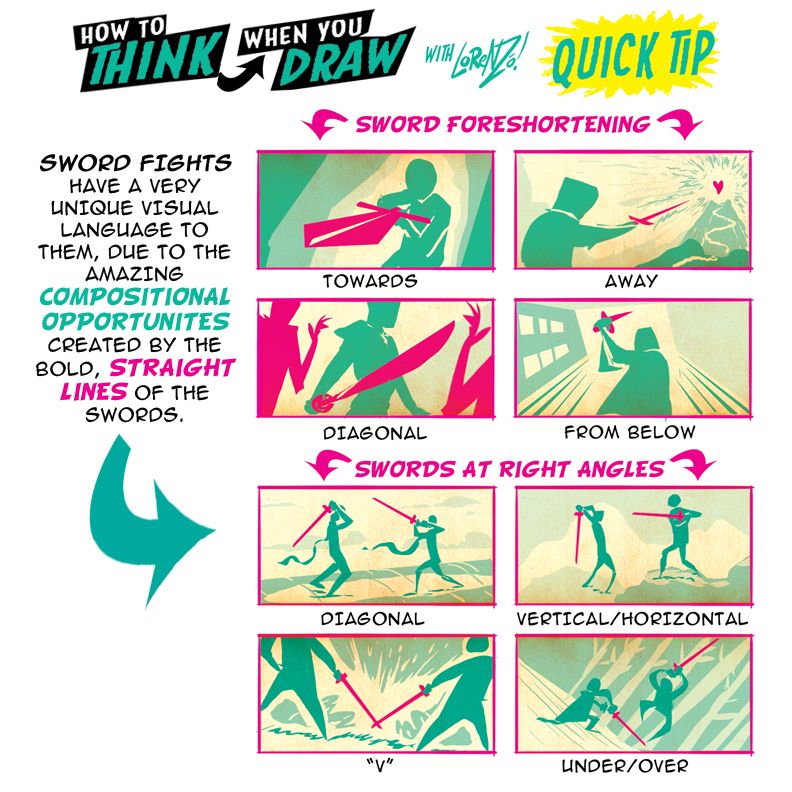 “A professional knows how to help with words, give support and share his resilience.”
“A professional knows how to help with words, give support and share his resilience.”
Peak states
For prevention, as well as at the time of peak anxiety, the psychotherapist advised me to use breathing practices. “You take a quick deep breath for two counts, and slowly exhale for five counts. It is important to visualize your anxiety. You can imagine it in the form of fog and let it out of you as you exhale. There is another practice. For her, you need to sit on the edge of the chair, straighten up and arch your back a little, like a ballerina. You need to narrow your throat, as if you were about to whisper and make a slow deep entry, and then exhale so that you get a whistling sound or light snoring. Inhalations and exhalations should be equal to four or five counts, ”the specialist shared.
Related materials:
At the time of the peak state of anxiety, you need to give yourself time to live this state. A person needs to turn his attention to the internal state and concentrate on helping himself.

